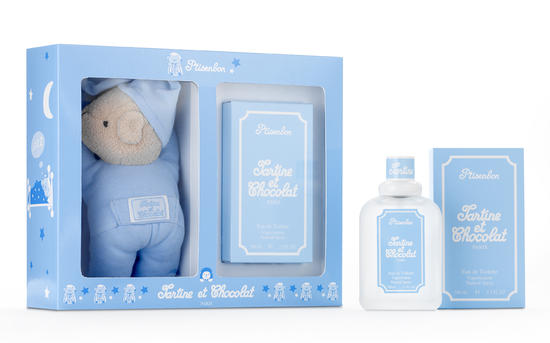Since the launch of
fragrances as a mass-market product, women were the first segment of consumers
targeted by fragrance manufacturers. Indeed, women are more concerned about
their personal appearance and perfumes play an important role in their beauty
rituals. Nowadays, according to the Market Research News, the two-thirds of
fragrance consumers are still women.
 |
| Marylin Monroe putting some drops of Chanel n°5 hbz-classic-perfumes-00-chanel-no5-ad-62821000-sm.jpg |
But, more and more men
are attracted by the “power” of perfume and care about their look, spending
more time on it and purchasing more personal care products including perfumes.
If the male market came as a niche in the few past years, nowadays this segment
keeps growing. Especially in the European countries. According to a report of
GIA, the penetration of men’s fragrances and perfumes rank high with an
estimated 75% of men utilising aftershave/male fragrance. In Italy for example,
the percentage of men using fragrances outruns women. Who says men cannot be
“coquettish”?
 |
| Acqua Di Gio - Giorgio Armani ad http://www.fragrantica.com/news/Armani-Aqua-di-Gio-Essenza-3220.html |
In addition, new
consumers segments as young people and babies and the launch of niche products
as fragrances made with natural and environmentally friendly ingredients have
emerged in the growing perfume market. Let’s focus on teenagers and babies.
The new generation of
teens and tweens are way more sophisticated and fashion-driven than before. So,
teenagers become the most profitable demographic consumer segment. According to
GCI magazine, a cosmetics industry trade publication, young people aged 13 to
19 years old represent a global segment of fragrance market that worth more
than $250 billion. Manufacturers haven’t waited to run into this niche as
Valentino’s “Rock and Rose Couture” or Burberry’s “The Beat”. From the name to
the packaging, all was developed in order to appeal the young consumers.
Let’s see a precise
example of the youth market in Middle East: according to a survey by the
Chalhoub Group and UK-based market research agency Datamonitor, among people aged
15 to 29yo, in Kuwait, Bahrain, Oman, Saudi Arabia, Qatar and the United Arab
Emirates, the majority often purchase around $400 in perfume and cosmetics, and
buy especially – on average – one to two perfumes a month(!) from both
international and Arabian brands.
 |
| Burberry's "The Beat" ad with young men Burberry-The-Beat-by-Burberry.jpg |
Now, concerning the
babies, the growth of this segment is widely sustained by the growing baby
population in the developing countries where the income of parents have
increased significantly at the same time. We can also see that people are older
when they become parents for the first time and so they are considered to be
financially more stable and then have more money to spend on baby care
products. Concerned by the well-being of their child, manufacturers have to
offer products less chemical and aggressive for the baby skin. For instance,
parents are more likely to buy “eaux de senteur” that don’t contains alcohol
rather than classic “eaux de toilette”.
 |
| Tartine & Chocolat perfume + soft toy box: the first perfume of many French babies bcbeaad73a5077.jpg |
Finally, as incredible
as profitable, another consumer segment has emerged in the fragrances market:
the pets segment. As we say in France, “a dog is the man’s best friend”. Even
though, an occasional squirt of human perfume over the tail head is not
dangerous for dogs, some designers offer the “Eau de Dog” for £6 or maybe you
would rather prefer premiumness and purchase “Sexy Beast” around $65. This new
range of fragances can be explain as the manifestation of a new trend of luxury
for pets and especially dogs: hotels, spa, massages, clothes… Nothing is too
good for our four-legged friends!
 |
| "Sexy Beast": a luxury perfume for your dog, male or female! SSSRPawfume.jpg |
- Global Industry
Analysts (GIA) in its report: Fragrances and Perfumes: A Global Strategic
Business Report